TROPHY KILLING ANALYSIS
Challenge to leopard hunting quota proof that the DFFE should change its spots
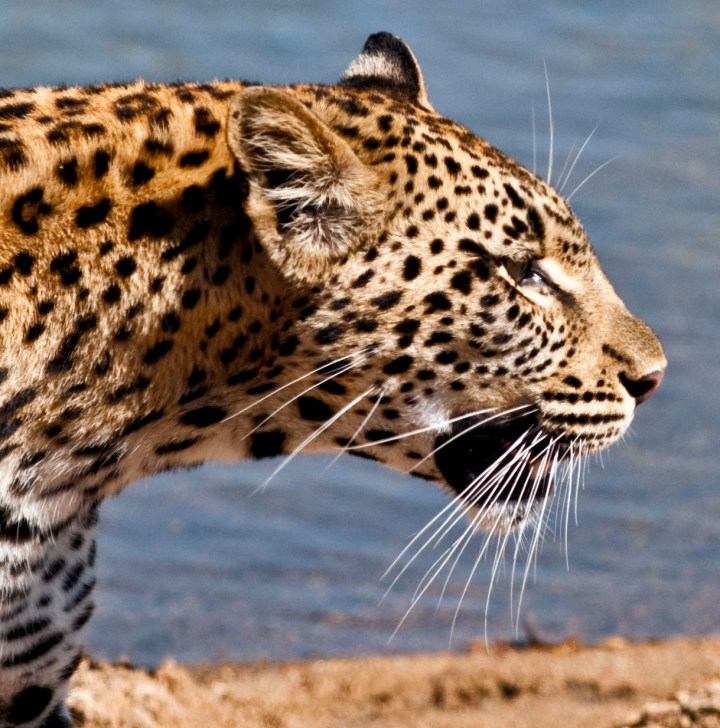
As numbers decline and persecution continues, South Africa has issued a quota for the trophy hunting of 10 leopards. But it may be illegal and is being challenged in the high court.
It’s tough to be a leopard in South Africa. They were once classed as vermin and are still intensely persecuted in many areas. In the latest move, the government has issued a quota for 10 leopards, but an NGO is trying to stop this via a high court interdict.
Allowing leopards to be hunted is puzzling. Permission comes from the Department of Fisheries, Forestry and Environment (DFFE), but its own internal report (2022 “Status Quo Report”) notes that leopards are being killed illegally or legally as damage-causing animals and by trophy hunters. They are also dying from snares, poisoning, retaliatory killings, poor capture techniques and even unethical collaring procedures for research. Their skins are in demand by traditional churches.
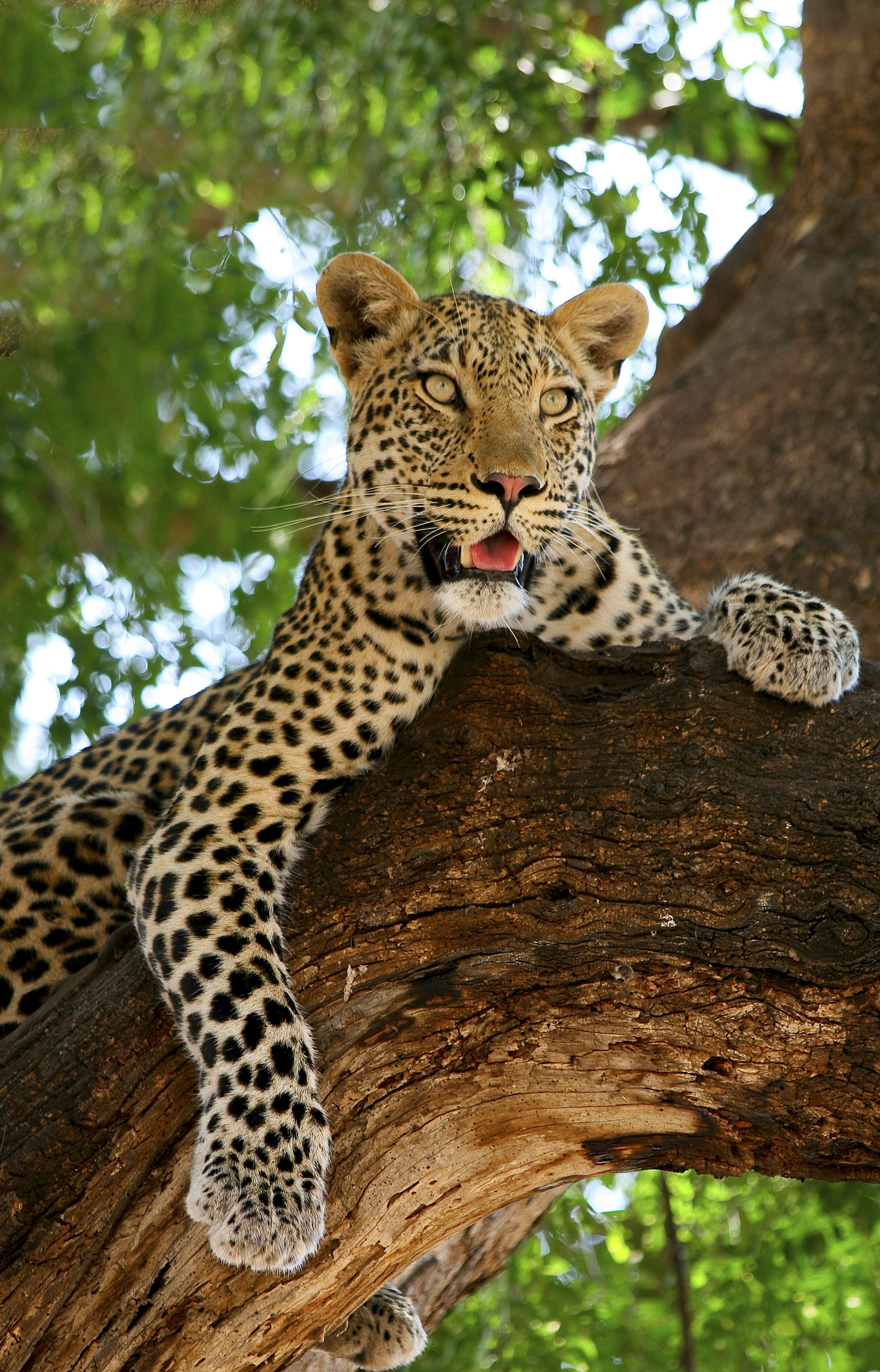
Trees are where leopards can relax away from the threat of lions or hyenas. (Photo: Supplied)
In this report, DFFE says there’s no reliable estimate of the number of leopards in the country, which contradicts its statement in the quota announcement that there’s “reliable and robust scientific data”. There is also no reliable number for the extent of illegal killing. So-called damage-causing animal deaths are not accurately recorded and seemingly ignored in quota calculations.
“Some stable populations,” says the report, “appear to be well below their potential capacities, while other areas with prime leopard habitat seem to no longer have functioning leopard populations.
“It must be cautioned that many of these sites were biased to where leopard status was relatively positive and well protected, so it can be inferred that leopard densities are even lower in other areas not surveyed where threats may be higher.”
So on what basis has DFFE issued a quota? The conservation organisation Humane Society International/Africa (HSI/Africa) wants to know before the guns come out. It has applied for an interdict in the Western Cape High Court to have the quota set aside and fully reviewed, claiming they’re illegal in terms of the National Environmental Management Biodiversity Act (Nemba).
This act requires that there be public consultation before issue (there was none). There was, says HSI-Africa, also no consideration of the welfare of the animals.
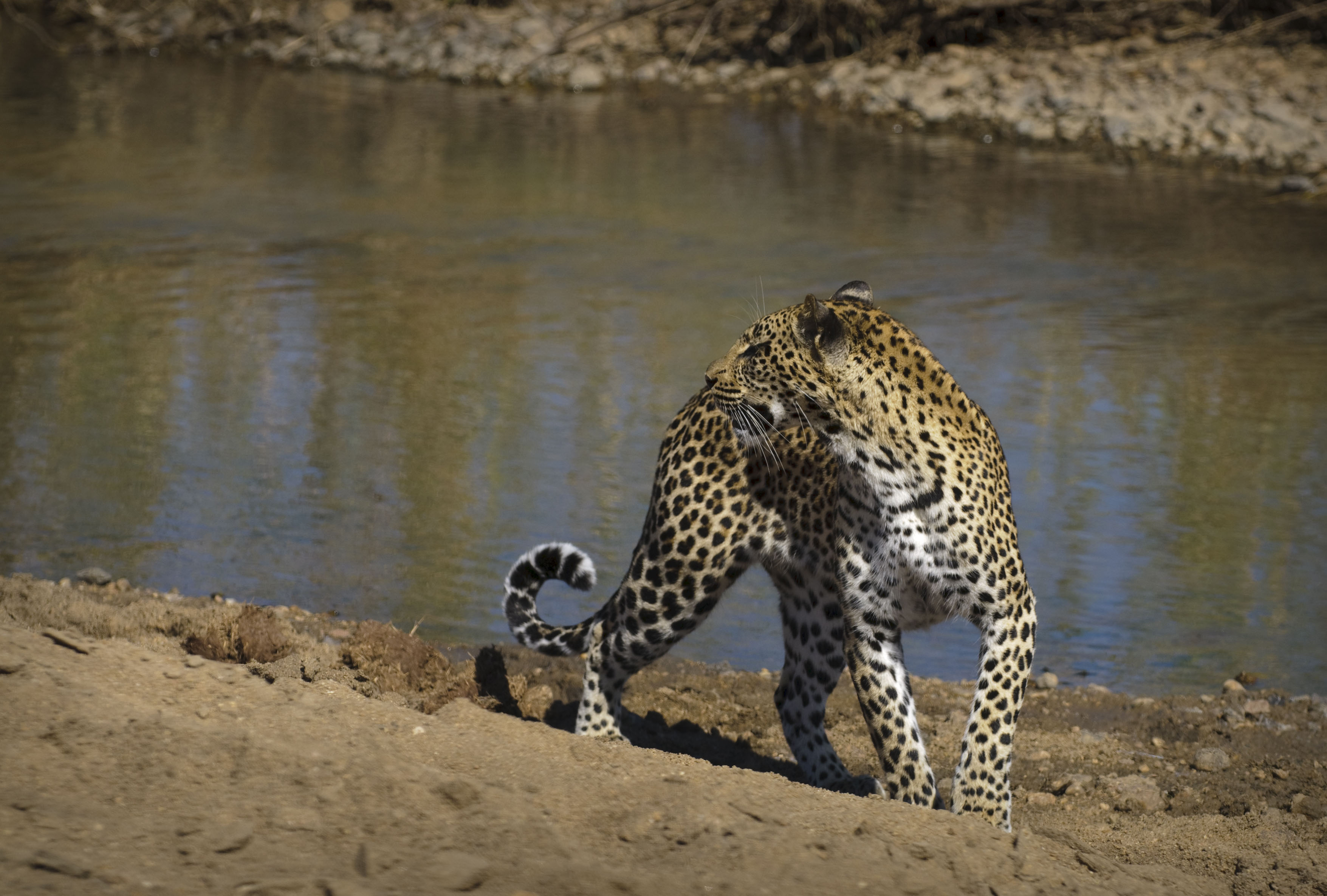
The leopard is the perfect example of power and grace and a powerful symbol of the earth’s wild places. (Photo: Supplied)
Furthermore, it was illegal to simply roll forward the 2021 quota and the SA Scientific Authority had not provided the necessary data proving that killing them would not be detrimental to the species (called a non-detrimental finding — NDF). It says the minister cannot issue a hunting quota without such an NDF.
Leopards are among the most elusive predators and live mostly outside national parks. They have a low reproductive rate, their distribution is fragmented, there’s little control of harvesting, official incentives for conservation are low and only between 5% and 15% of their habitat is protected.
“The long-term viability of the leopard population within the assessment region,” says the DFFE report, “may be at risk due to trophy hunting and retaliatory killings. Although there is a low risk of extinction over the next 25 years, there is a very high probability of population decline.”
For all of these reasons, the state of leopards in South Africa should be ringing conservation alarm bells, not providing the basis for trophy hunting quotas (most allocated in Limpopo and North West). Internationally, they are afforded the highest protection — Appendix 1 by the World Conservation Union trade organisation Cites and listed as vulnerable on the Red List of the International Union for the Conservation of Nature (IUCN).
Where will leopard body parts be going? You probably guessed: by a long way, most go to the United States, followed by France, China and Mexico. They’ll be exported variously as full mounts, skulls, skins, rug mounts and “floating bones”.
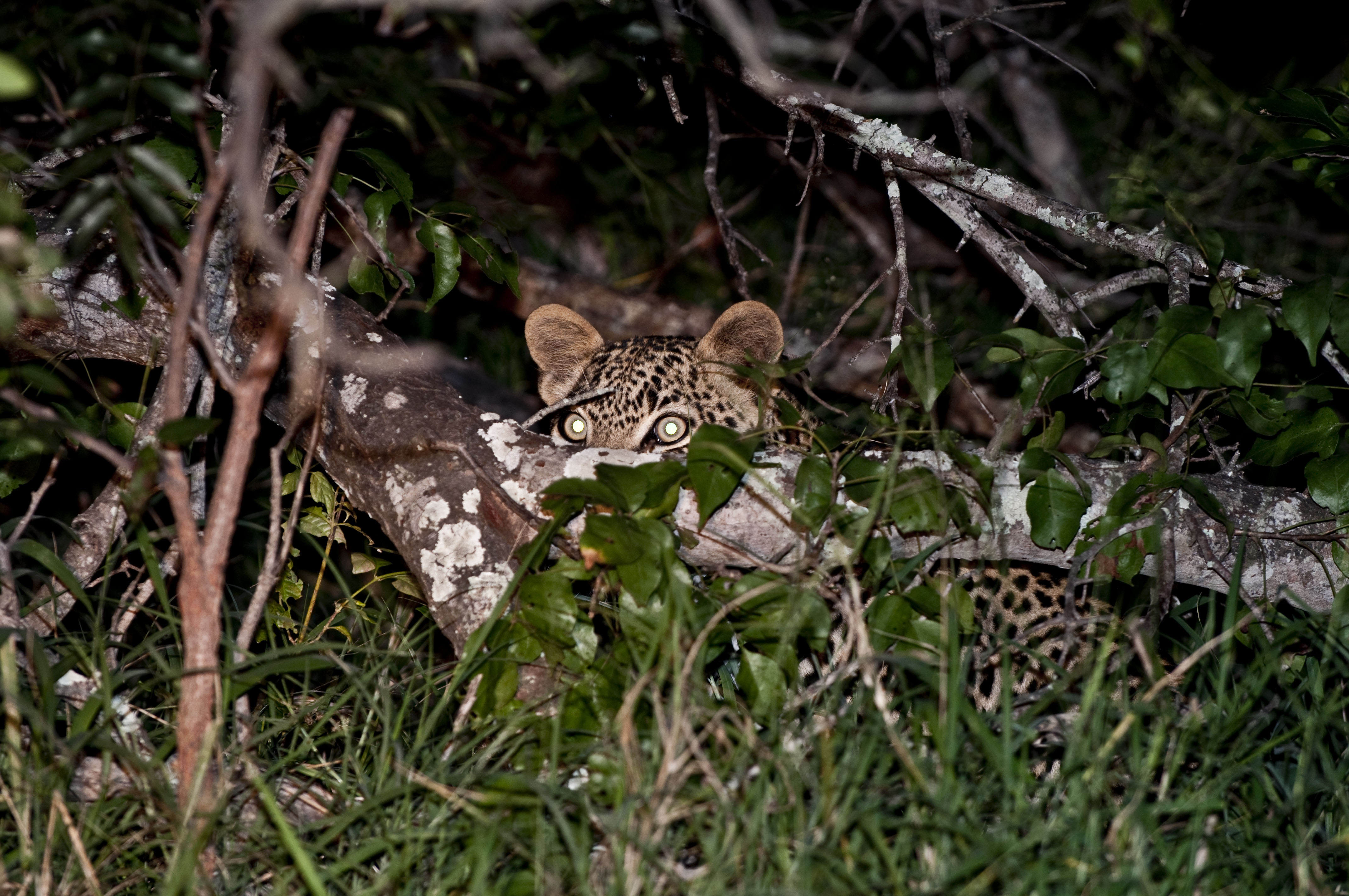
Leopards have definite personalities — bold or bloody-minded, tranquil or timid. (Photo: Supplied)
There’s also an identification issue. The latest quota requires that no leopard under the age of seven years or a female may be hunted. This has been criticised as flawed by many researchers and conservation organisations.
According to the Wildlife Animal Protection Forum (WAPFSA), no research validates that claim. Leopards can live for up to 13 years in protected environments and will only establish a stable territory when they’re six or seven and mate. Shooting them at this age, says WAPFSA, will create havoc and infanticide when a new male takes over and kills cubs.
In addition, hunting generally happens at night at a bait site. Sexing and ageing the animal under those conditions by even experienced hunters is difficult.
“The ability to accurately sex and age leopards in real life in the field,” says WAPFSA, “is not possible, implementable or policeable. We suggest that the seven-year threshold to kill males is opinion masquerading as fact and should be rejected.”
There’s a precedent for a zero hunting quota. Back in 2016, the SA National Biodiversity Institute (Sanbi), which advises DFFE, proposed that no leopard hunting take place that year and gave cogent reasons. Incentives to conserve them, it said, were declining and methods used to monitor leopard populations and determine a quota were scientifically flawed.
A precautionary principle had not been applied and minimum conservation management standards for implementation of a quota were lacking. Retaliatory killing and their illegal skin trade were “reason enough to institute a zero hunting quota.” In 2016, 2017 and 2019 the minister followed Sanbi’s reasoning and banned leopard trophy hunting.
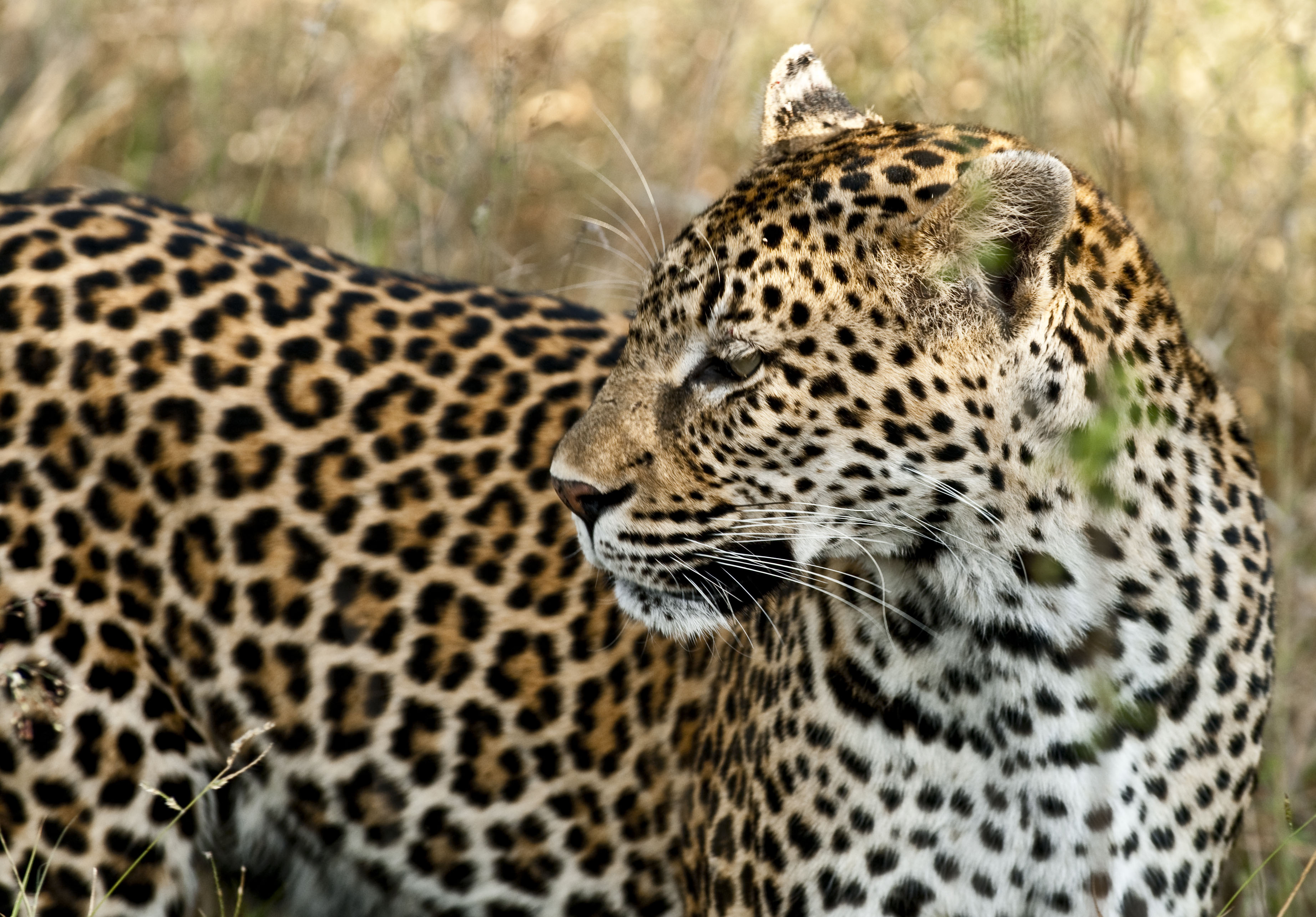
A leopard on the prowl. (Photo: Supplied)
A DFFE submission to Cites in 2018 noted that “results from our latest year of camera trapping paint a bleak picture of leopard population status in South Africa. Most monitored populations are declining … and the few that are stable appear to be well below their potential ecological capacity.
“Indeed, leopards appear to have been extirpated — at least functionally — from several sites across the country. Population growth across all sites in South Africa (suggests) an average population decline of 11% per year.”
Nothing’s changed since then, other than a continued decline of the population. So setting the quota seems counter-intuitive. To understand it, you need to view leopards through the DFFE’s candy coloured spectacles of sustainable use.
This perspective was spelt out in the report of its High-Level Panel on lions, elephants, rhinos and leopards, issued to great fanfare in May 2021. The report was progressive on many issues — but not on leopards.
Here are some of its points that suggest either a blind spot by the High-Level Panel, a trade-off against banning lion farming or extreme lobbying from the hunting industry:
- Leverage added-value benefit of hunting leopard to enhance, broaden and transform the hunting industry.
- Implement mechanisms to ensure traditional leaders and traditional healers can access leopard parts and derivatives.
- Popularise an understanding of the conservation value of leopards as well as their contribution to the economy such as through eco-tourism, as well as the potential from hunting.
- Develop a strategic approach to leopard management in communal areas and greater authority for traditional leaders in conservation and sustainable use.
- Develop collective leopard conservation and management zones that are large enough to allow for sustainable harvesting.
- Legitimise the use of leopard products for traditional healers and the use of leopard skins for traditional leadership and traditional practice.
- Investigate trophy hunting of damage-causing animals.
- Develop and implement a national responsible and sustainable hunting standard.
- Investigate incentive schemes for leopard friendly products and meat in the same manner as for dolphin-friendly tuna and badger-friendly honey.
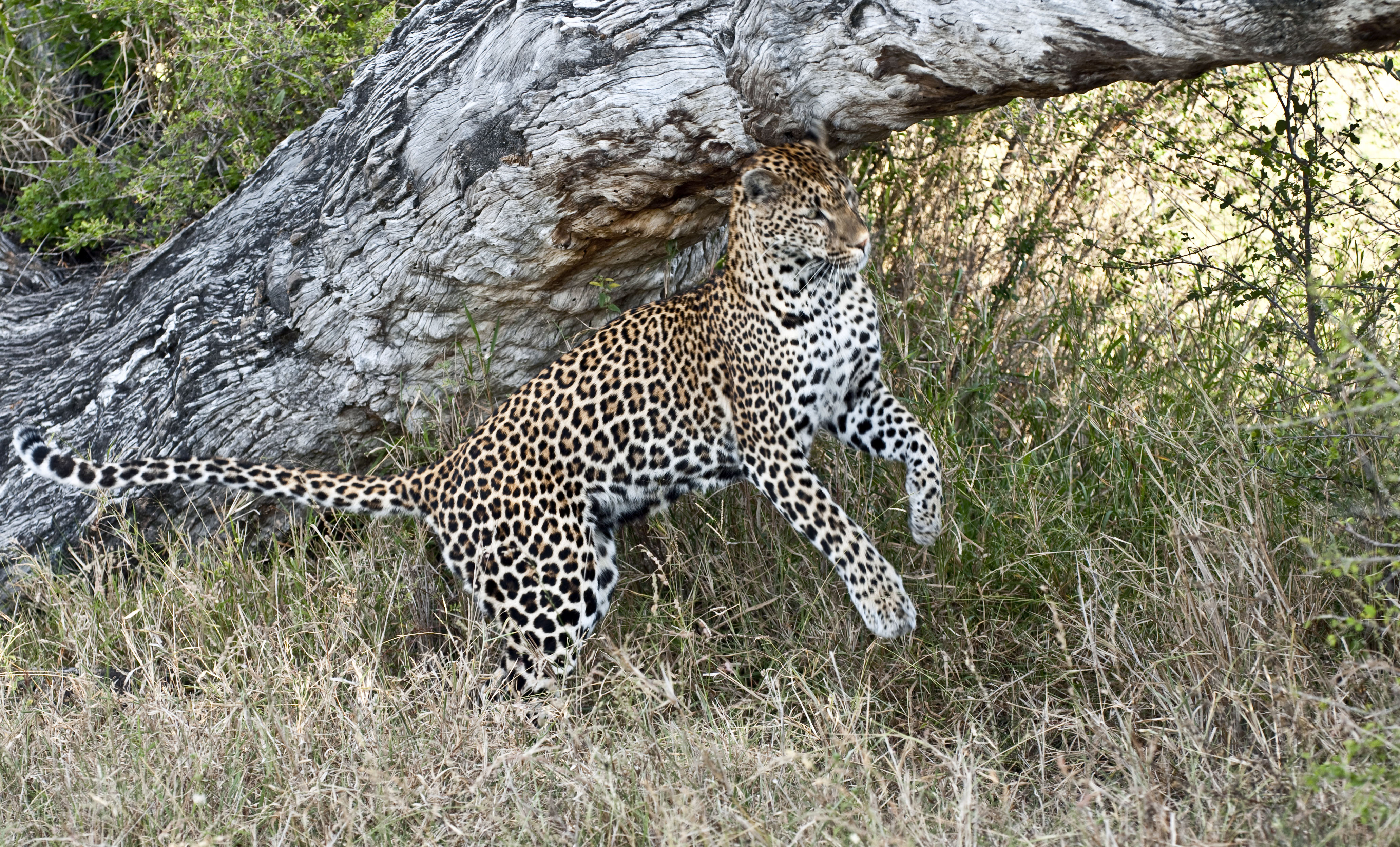
A leopard wil spend much of its time scent-marking, using glands on its face and squirts of urine to announce its presence. (Photo: Supplied)
So there you have it. Leopards may be vulnerable, unknown in number though clearly in decline, hunted, trapped, poisoned and of great concern to international bodies worried about their future.
However, in South Africa, you can shoot them, skin them, eat them, wear them and mount their heads above your fireplace and grace your lounge with their beautiful, speckled skins.
Meanwhile, the DFFE is attempting to equate “authentic” hunting (whatever that may mean) with a recommended move towards a welfare approach. As a bullet slams into him, a leopard may have some trouble understanding the distinction.
But, in recognition that this requires proper evaluation (and to keep critics quiet), the Leopard Advisory Forum has been created. It has been split between NGOs and the hunting industry and never the twain shall meet. But after three meetings the department is yet to decide on terms of reference. What it decides, if it ever does, may soon be overtaken by a high court finding. DM





















 Become an Insider
Become an Insider
There is an overwhelming body of evidence to the effect that the sustainable use of wildlife, which includes hunting, is essential to the conservation of critically endangered species in Sub Saharan Africa.
The White Rhino story and the massive growth in South Africa’s national herd, the campfire project and Namibia’s community-based conservation program are examples of why a sustainable use approach is much more effective than the anti-hunting wilderness-based approach that is supported by powerful NGO’s such as the humane society.
There is a need to conserve South Africa’s leopard population but doing so is going to be difficult given that they are free-ranging animals that are not confined by fences and have a propensity to prey on livestock. This may be why leopards continue to be killed as vermin.
Creating value in the animal, as happens when trophy hunting is allowed, is a proven way of encouraging communities to tolerate the presence of leopards. The risks are easily mitigated by introducing and policing tight controls. The cost of a lawful leopard hunt is more than sufficient to cover the cost of these mitigatory measures and leave a healthy return for the owner or occupier of the land where the hunt takes place.
I suggest that hunting on this basis is more likely to contribute to teh conservation of leopards than banning hunting altogether.